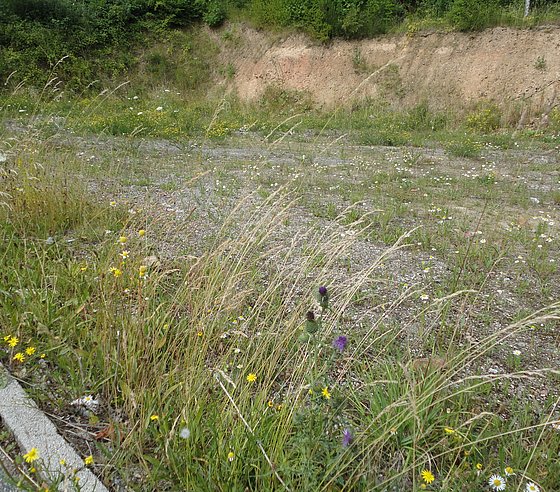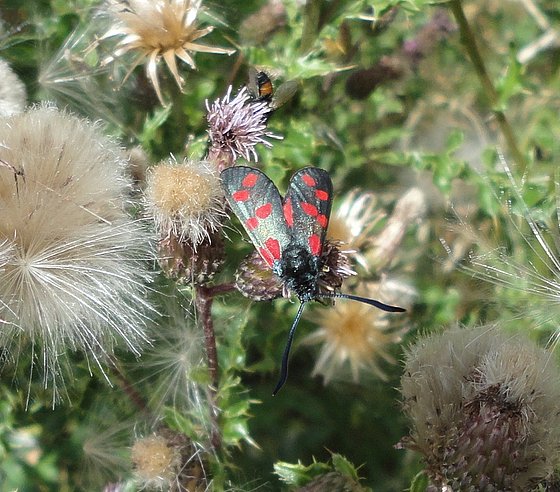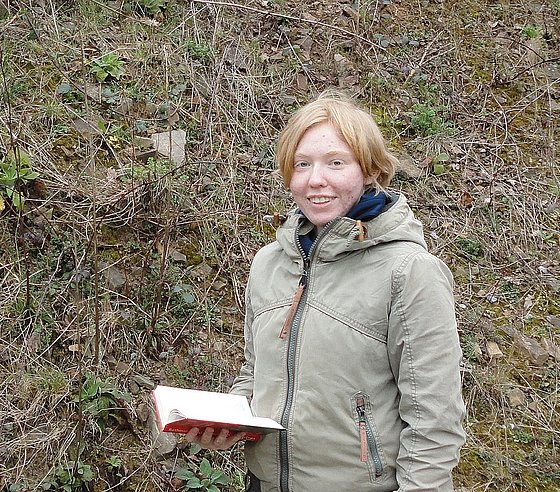


Ruderal areas
Ruderal areas, from the Latin 'rudus' meaning rubble, ruins or mortar masses, are generally referred to as raw soil sites that have been newly created in certain places for various reasons. They are primarily of human origin and can be found on construction sites, in rubble areas or on former railway tracks, for example. These sites, which are characterised by previous use, are left to their own devices for a period of time, allowing specific plant communities to colonise them.
These sites are initially mostly plant-free and the conditions can be extreme: high solar radiation, heat, drought, compacted soil and waterlogging after precipitation, or even mechanical disturbances. Nevertheless, there are plant species that can withstand such conditions. Initially, so-called pioneer species establish themselves; these are mostly annual plant species that complete their life cycle within a year, from germination to producing new seeds. If the area remains unused for a long time, succession occurs: the natural sequence of species establishment, from the Latin 'succedere' meaning 'to succeed'. Pioneer plants are displaced by biennial or perennial plants, resulting in the development of perennial ruderal meadows. For example, biennial plant species form a rosette of leaves in the first year and only flower and produce seeds in the second year.
The composition of the vegetation is determined by the duration of the fallow period and site conditions, such as soil quality, water and nutrient availability, as well as the presence of corresponding species and their seeds in the surrounding area. Examples of annual species found in areas with low to moderate nitrogen levels and that are dry and warm include dew grass (Bromus sterilis), mouse-barley (Hordeum murinum), compass lettuce (Lactuca serriola) and goosefoot species (Chenopodium sp.). Typical biennial plant species found in such areas include wild carrot (Daucus carota), white sweet clover (Melilotus albus), grey cress (Berteroa incana), small-flowered mullein (Verbascum thapsus) and various thistle species (Cirsium sp. or Carduus sp.). In summer, such areas are very flower-rich and thus provide food for numerous insects.
Ruderal areas on the Grifflenberg campus
There are ruderal areas of this kind on Gaußstraße, one behind the new W building and one opposite the kindergarten. These areas were previously used for construction work when Buildings V and W were built, and have been left untouched for a few years. They have been colonised by plants, and a bachelor's thesis (Ulrike Dorra, 2021) identified almost 50 different species of plant in these areas. The many flowering plants attract numerous insects to these areas. As is the case with such ruderal areas, they will disappear as soon as the site is developed further. It is a certain kind of temporary nature.
